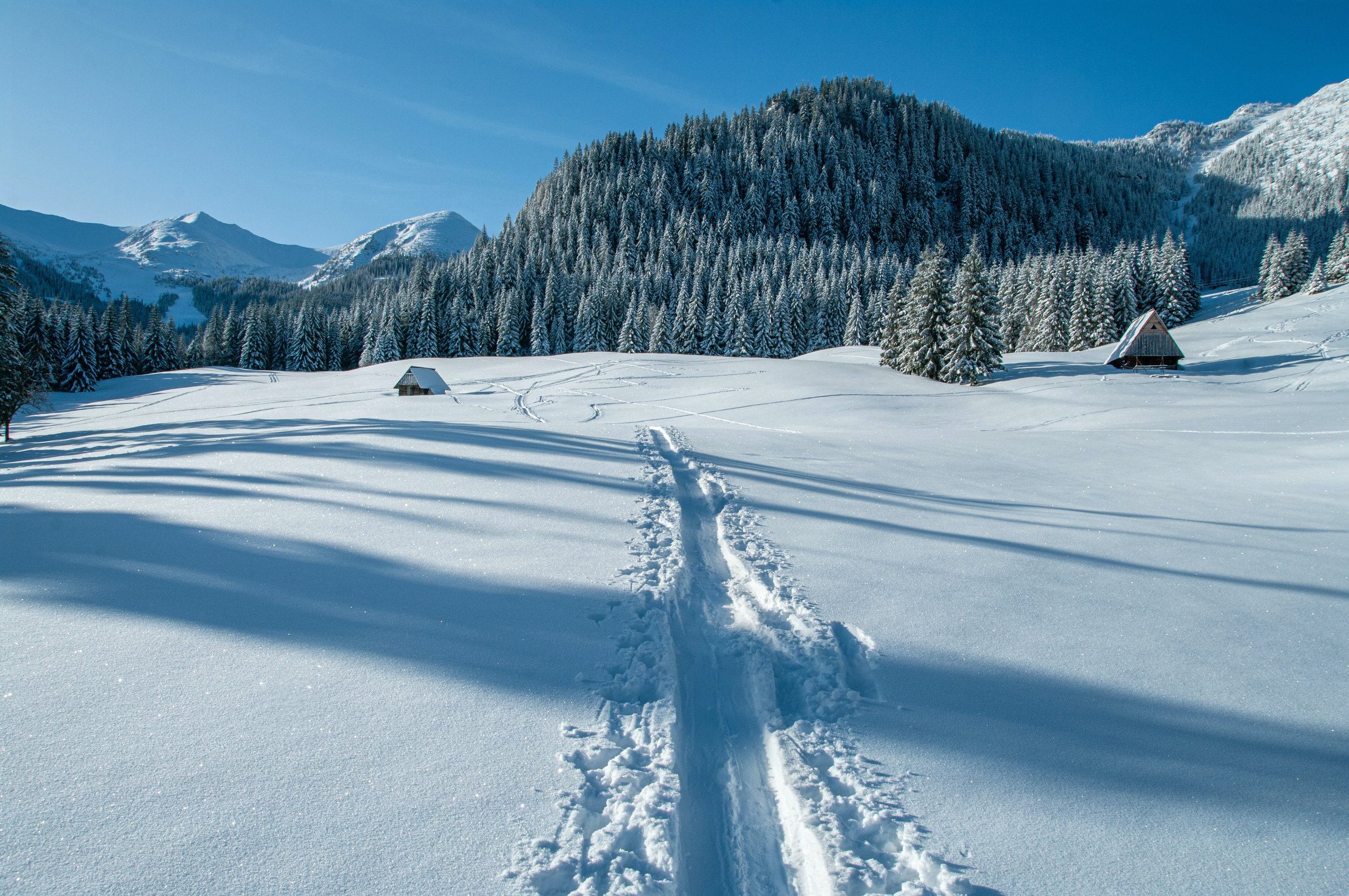As most people learned to punt last year, outdoor recreation was one of the activities that people could do to keep busy while social distancing. There was an explosion in Nordic (cross-country) and backcountry skiing. These often get confused as the same thing but they are very different sports requiring quite different equipment and are different altogether than resort skiing. With resort skiing, injuries tend to be more traumatic such as occurs when crashing at a high speed or misjudging a turn. Resort or inbounds skiing was covered in a past blog so we will turn attention to Nordic and backcountry skiing now. In these disciplines, injuries tend to result from repetitive stress. Pole length, pole grip and pole adjustability are very important with Nordic and backcountry skiing to avoid overuse. It can be helpful to understand the benefit of sport-specific training when one has a good grasp of what each sport requires. This is especially important when starting a new sport as it will help to develop appropriate training habits while learning form and ultimately will optimize performance.
Snowshoeing
Health Benefits of Snowshoeing
Winter time in the Pacific Northwest can be a hard time for a lot of people because of the dark cold rainy days. Skiing and snowboarding can be great ways to enjoy the winter but these sports require a lot of practice, time and money. Snowshoeing, on the other hand, is an easy alternative and has a lot of great health benefits.
First, just getting outside and exploring in the snow can be a great way to boost your mood and increase your energy. Although snowshoeing is more enjoyable on a crisp sunny day, you can still go on a rainy or snowy day with the right warm clothes. Because there are no lift tickets to buy, you can go for as long or as little time as you’d like!
Next, snowshoeing is great aerobic exercise and an excellent way to burn calories. You can snowshoe in any type of snow conditions however; trekking in fresh snow or in hilly terrain can help raise your heart rate even more. Also, because snowshoes (and boots) are typically heavier than running shoes, it takes more effort to lift your legs each step compared to running or walking. Using poles is also a great way to incorporate your upper body as well.
Lastly, snowshoeing is easy on your joints and does not involve jumping or running. This is a great option for people with sore knees or anyone that cannot tolerate high impact exercise.
About the Author
resources:
The Washington Trails Association website is a great resource to find snowshoeing trails nearby
https://www.wta.org/
The Northwest Avalanche Center helps determine safe places to go in order to avoid avalanche risk https://www.nwac.us/
REI Avalanche Awareness
https://www.rei.com/learn/expert-advice/avalanche-basics.html
REI snowshoe (and other gear) rental:
https://www.rei.com/stores/rentals.html
Beaver Creek
US Olympic Training
On Location:
Beaver Creek, CO
BY: Mandie Majerus, PT, MSPT, OCS, CSCS, CMPT
It’s that time of year again that the US Ski and Snowboard Team is in full swing with their World Cup schedule. In non-Olympic years, it is just as important to the athletes to be at the top of the World Cup standings as in Olympic years. All disciplines rely on top-notch medical care whether on the alpine, nordic, snowboard, freestyle or slopestyle teams. The doctors, physical therapists and athletic trainers who work with the team regularly meet in order to be on the same page regarding concussion protocol, race protocol and emergency management. This weekend Mandie went to Beaver Creek, CO for the MESS course (Medical Emergencies in Skiing and Snowboarding) that puts all of these pieces together. The course is a combination of lecture and on-snow injury scenarios. There is a lot to cover including everything from how to splint a fracture, to how to assess for chest trauma to how to treat a knocked out tooth (put it in saline or whole milk not saliva or skim milk).
Mandie was able to hear from top orthopedists and neurologists in the country while meeting the other physical therapists who work with various disciplines. In order to stay in the medical pool with the US Ski and Snowboard team, the medical staff is required to attend this course every 4 years. As the World Cup season progresses note the folks at the top and bottom of the course who stand in the background. They are ready to treat the athletes when they go down in combination with the host mountain’s ski patrol, race director and coaches. Hopefully they won’t be called upon but, if needed, the response is practiced and seamless.
About the Author: (click here)








